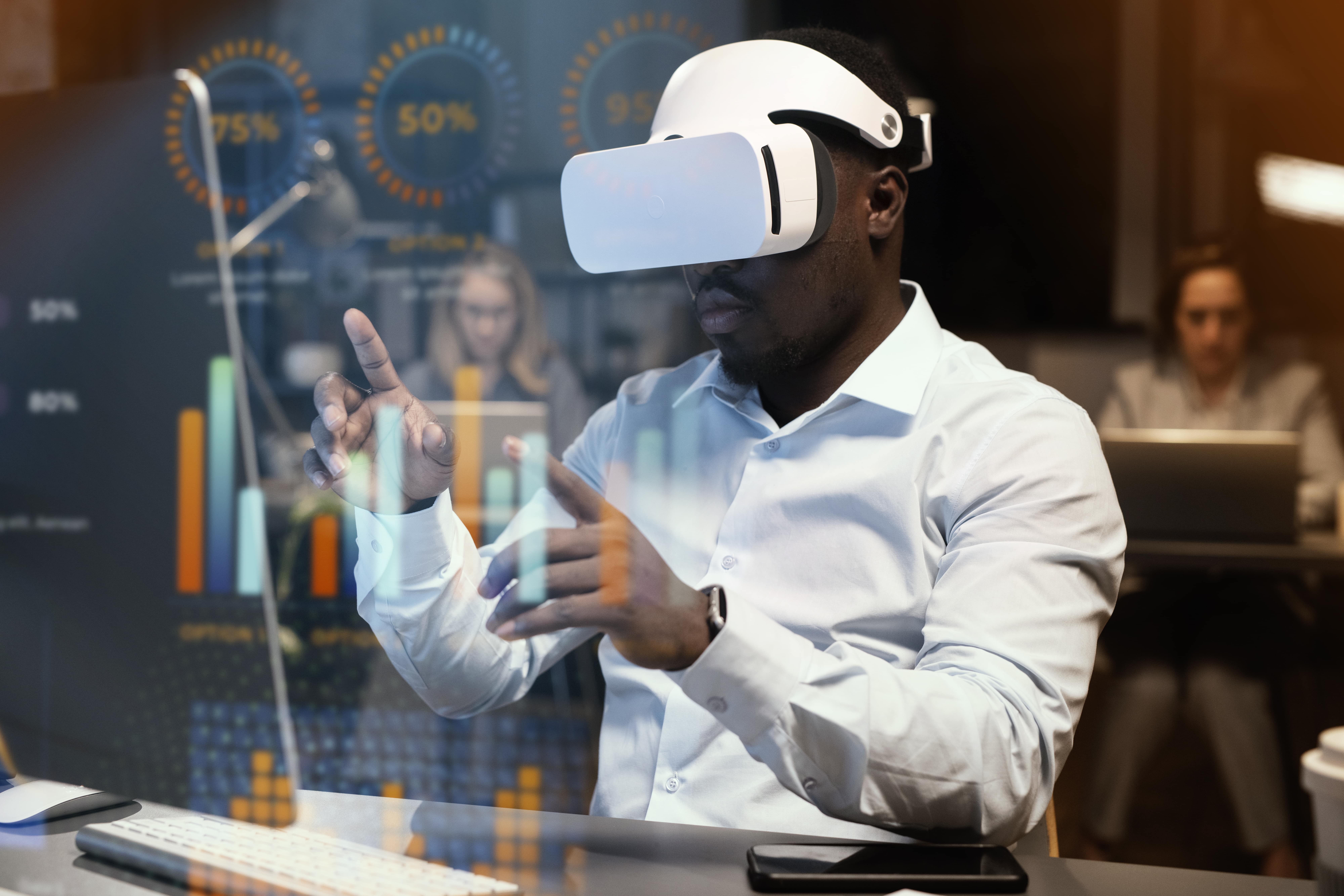info@sadi.co.ke
+254727368241
In 2025, digital twins are no longer futuristic—they’re becoming a cornerstone of modern technology. A digital twin is a virtual replica of a physical object, system, or environment, created to simulate, predict, and optimize real-world performance. From smart cities to healthcare, this technology is transforming industries.
What Are Digital Twins?
A digital twin is a data-driven virtual model that mirrors a real-world counterpart. It continuously updates using IoT sensors, AI, and real-time data streams, making it more than just a static 3D model—it’s a living, learning system.
Applications Across Industries
Manufacturing: Companies use digital twins to predict equipment failures, streamline production, and reduce costs.
Healthcare: Doctors can create patient-specific models to test treatments or simulate surgeries.
Smart Cities: Planners build virtual replicas of cities to manage traffic, energy, and sustainability efforts.
Aerospace & Automotive: Engineers test designs virtually before building physical prototypes.
The Benefits of Digital Twins
Digital twins reduce risk, lower costs, and increase efficiency. Businesses can experiment in the virtual space before committing resources in the real world. This leads to smarter decision-making and faster innovation.
Challenges in Adoption
While powerful, digital twins require significant investment in data infrastructure, cybersecurity, and skilled personnel. Ensuring accuracy and managing massive data streams remain ongoing hurdles.
The Future of Digital Twins
As AI, 5G, and IoT continue to evolve, digital twins will become even more precise and accessible. They could soon power fully connected ecosystems, from personal health monitoring to global supply chains.
Final Thoughts
Digital twins are shaping a future where the line between the physical and digital worlds continues to blur. By creating virtual models of reality, organizations unlock smarter, safer, and more sustainable solutions for tomorrow.
 September 08, 2025 - BY Admin
September 08, 2025 - BY Admin